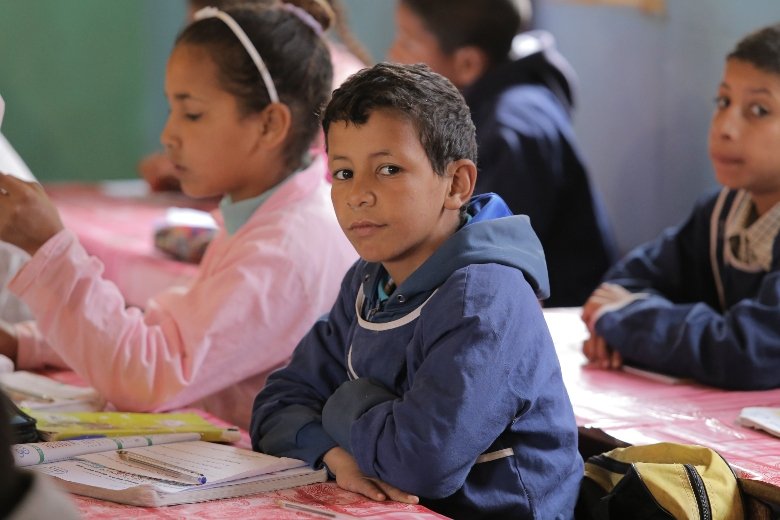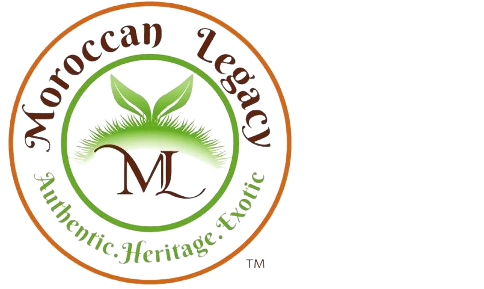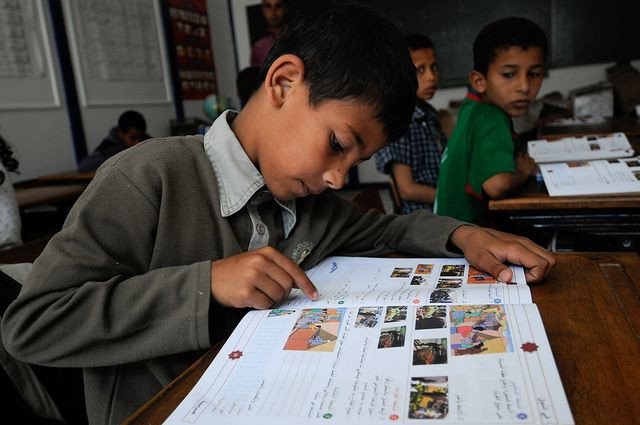Introduction
Education and Literacy in Morocco: The education system in Morocco has come a long way in the past few decades but still faces challenges in ensuring universal literacy and quality education for all citizens. As someone interested in global education issues, I wanted to examine Morocco’s progress and the remaining barriers to literacy and school enrollment rates. A well-educated population is vital for social and economic development, so I was curious to learn more about Morocco’s efforts and ongoing opportunities in this critical area.
In this blog post, I will provide an overview of Morocco’s education system, its history of reforms, and current statistics on literacy and enrollment at different educational levels. I will examine some main challenges, such as rural-urban disparities, gender gaps, and quality concerns.
Finally, I will discuss the government’s ongoing education strategy and reform plans and international organizations’ recommendations on further improvements. By exploring this topic in more depth, I hope readers can better understand the achievements and work ahead when building Morocco’s genuinely inclusive and high-quality education system.
Education and Literacy in Morocco: Historical Context and System Overview
To appreciate where Morocco stands today, it is essential to understand the history and development of its education system. Formal schooling in Morocco dates back to the late 19th century when the first maktab (Koranic school) and medersa (religious school) were established. In the early 20th century, the French colonial administration introduced a network of schools modeled after the French system. After Morocco gained independence in 1956, education reform became a priority to help strengthen national identity and fuel social and economic progress.
Major educational reforms occurred in 1963 with the implementation of the first Education Act, which introduced compulsory primary Education and established the basis of the current education system. This law aimed to significantly expand access to schooling after independence when fewer than 20% of children were enrolled in primary school. Subsequent reforms in the 1980s and 1990s further overhauled the structure and curriculum of Morocco’s education system. In 1999, a series of “Education Emergency” programs were launched to accelerate progress uncritically goals like universal primary Education.
Today, Morocco’s education system comprises three primary cycles:
- Primary Education (ages 6-14): Compulsory and free basic Education consists of six years of primary school followed by three years of lower secondary school.
- Secondary Education (ages 15-17): Upon completion of primary Education, students can choose an academic, technical, or vocational track for an additional three years of upper secondary schooling.
- Higher Education: Secondary school graduates graduates can enroll in universities, schools of commerce, engineering, or technical studies. A growing number of private institutions also exist at this level.
Several important ministries oversee Education in Morocco, including the Ministry of National Education, Vocational Training, Higher Education, and Scientific Research. While Arabic is the primary language of instruction, foreign languages like French and English are also taught starting in primary school. As we’ll explore further, structural reforms continue with the goal of achieving international education standards.
Education and Literacy in Morocco: Literacy and Enrollment Rates Over Time
Let’s now look at some critical statistical indicators to understand how Morocco’s education system has progressed in expanding access over the decades since independence. One of the most telling metrics is the adult literacy rate, which measures the percentage of people aged 15 and above who can read and write. According to UNESCO data, Morocco has seen impressive gains in adult literacy since the 1970s:
- 1970: 35%
- 1982: 39.3%
- 1994: 49.6%
- 2004: 55.6%
- 2012: 66.1%
- 2020: 78.3%
While more work remains, nearly doubling the literacy rate to over three-quarters of the adult population is a notable achievement in just 50 years. This reflects growing educational opportunities that allow more generations to learn literacy skills.
School enrollment rates tell a similar story of continuous improvement, even if disparities persist in certain areas. Here are some enrollment highlights by educational level in Morocco:
- Primary school net enrollment rate: 95.8% in 2020, up from 82% in 2000. This metric measures the percentage of primary school-aged children enrolled in primary or secondary school.
- Lower secondary school net enrollment rate: 80.4% in 2020, compared to 65.1% in 2000.
- Upper secondary school gross enrollment rate: 76.7% in 2020, up from 41.7% in 2000. Gross enrollment includes students who may be older or younger than the standard age for a given level of schooling.
- Tertiary education gross enrollment rate: 53% 2020 for universities and higher education institutions.
While these enrollment figures indicate notable progress, it’s also important to look below the surface at issues like attendance, completion rates, and disparities we’ll discuss next. Nonetheless, access to Education has expanded tremendously across Morocco due to sustained reform efforts over the long term.

Education and Literacy in Morocco: Challenges That Remain
With literacy nearly doubling and primary enrollment reaching over 95%, Morocco has much to be proud of in its education achievements since independence. However, challenges persist that prevent universal high-quality Education from becoming a reality. Some of the critical ongoing issues include:
- Rural-Urban Disparities
While the urban-rural gap in Education has narrowed, it remains significant. Net enrollment rates in rural areas lag around ten percentage points behind cities at all levels. The challenges of physically accessing schools, cultural barriers in rural communities, and lack of necessary infrastructure like transportation make Education less viable for rural youth. - Gender Disparities
Despite progress, gender gaps remain in adult literacy rates and secondary/tertiary enrollment. Girls continue to drop out of school at higher rates than boys, especially in rural areas where cultural norms play a more significant role. Helping empower more girls to stay in school through completion would boost social progress. - Quality Concerns
While enrollment has expanded, questions linger around the quality of Education, including issues like inadequate facilities, lack of supplies/resources, poor teacher training, and overcrowded classrooms. International test scores also indicate Moroccan students have more to learn in critical subject areas to meet global standards. - High Dropout Rates
Attrition between primary, lower secondary,y, and upper secondary levels remains problematic. Multiple factors contribute, from financial strain to low perceived value of continued schooling. Reducing high dropout rates is vital to achieving education access and completion targets.
Education and Literacy in Morocco: Government Strategy and Reforms
Addressing the above challenges requires sustained effort and strategic reforms – something the Moroccan government recognizes. Its 2015-2030 education strategy outlines an ambitious vision and priorities to develop “a national education and training system capable of releasing all potential in citizens.” Some key focus areas include the following: We are extending compulsory schooling from ages 6-14 to include age 15 to reduce dropout rates and are investing in rural education infrastructure, like classrooms, sanitation facilities, and transportation, to narrow the urban-rural gap.
We are recruiting more teachers, especially female educators, offering ongoing professional development, and improving teachers’ working conditions. They are offering vocational and technical programs as alternatives to reduce secondary school dropout rates. To meet international benchmarks, we are increasing public funding for Education from 4-6% of GDP in phases. We are implementing educational reforms like textbook revisions, competency-based curriculum, and assessment system changes. They leverage technology and e-learning solutions for professional development and inclusive, remote Education opportunities. We are building regional higher education centers and flagship universities to improve quality and access nationally.
Specific reforms since 2015 include a new preschool education framework, a skills certification system, expanding vocational baccalaureates, teacher training reforms, and decentralizing school management. While a long road remains, these strategic investments aim to realize Morocco’s goal of a top-performing, inclusive education system.
Education and Literacy in Morocco: Recommendations for Further Progress
International organizations like UNESCO, World Bank,k and IMF that partner with Morocco on its education reform agenda also provide recommendations based on global best practices:
- Focus policy and investments more directly on equitable access. For example, introducing demand-side financing strategies like conditional cash transfers could help boost rural and girls’ enrollment rates through financial incentives.
- Improve data collection systems to monitor critical indicators better at national and regional levels. This allows interventions targeting the most disadvantaged groups and communities.
- Prioritize quality investments focused on infrastructure, teaching resources, and training the existing workforce. While expanding access is paramount, education quality must keep pace to realize learning and socioeconomic goals.
- Engage local communities and families as partners through awareness campaigns and participatory budgeting. Addressing deeper cultural norms influencing behavior will require ownership beyond top-down policy changes.
- Measure outcomes and learning levels, not just enrollment numbers. International learning assessments should benchmark how Morocco’s education system can continuously improve merit-based standards.
- Seek complementary economic opportunities for youth. While Education plays a role, job creation is vital so graduates can realize their earning potential and contribute to national development.
- Leverage partnerships and decentralization for accountability at sub-national levels and innovation to local conditions. No solution fits all in such a diverse country – localized adaptations are key.

